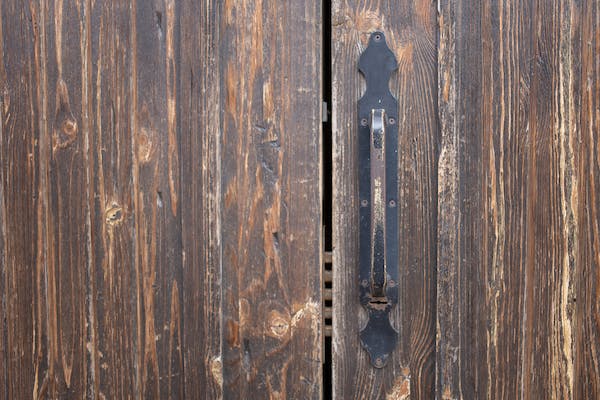Understanding dummy lock Uses, Types, and Benefits

Dummy locks are a crucial component of security systems, often overlooked but essential for both residential and commercial properties. Despite their simple appearance, they serve a vital purpose in enhancing security dummy lock measures. In this article, we’ll delve into the concept of dummy locks, explore their various types, and discuss their benefits in bolstering overall security.
What are Dummy Locks?
Dummy locks, also known as inactive or fake locks, are non-functioning replicas of real locks. They mimic the appearance of functioning locks, complete with keyholes, handles, and other features. However, unlike operational locks, dummy locks lack internal mechanisms and do not engage with a locking mechanism.
Types of Dummy Locks:
- Single-Sided Dummy Locks: These are designed to be installed on one side of a door or cabinet. They feature a handle or knob on one side, while the other side is flat or has a decorative plate, giving the impression of a fully operational lock.
- Double-Sided Dummy Locks: Unlike single-sided dummy locks, double-sided versions have handles or knobs on both sides of the door or cabinet. However, neither side engages with a locking mechanism, making them purely decorative.
- Dummy Deadbolts: These mimic the appearance of deadbolts but lack the ability to lock or unlock. They are often installed alongside functioning deadbolts for aesthetic purposes and to create a uniform look across all doors.
Benefits of Dummy Locks:
- Deterrent Effect: Dummy locks create the illusion of heightened security, deterring potential intruders. Their presence can make it seem like every entry point is securely locked, even if some are not.
- Cost-Effective Security: Installing dummy locks is a cost-effective way to enhance security aesthetics without investing in fully dummy lock operational locks for every door or cabinet. They offer a budget-friendly solution for maintaining a consistent security appearance.
- Aesthetic Appeal: Dummy locks come in various designs and finishes, allowing property owners to match them with existing hardware and décor. They contribute to the overall aesthetic appeal of a space while providing a sense of cohesion.
- Flexibility: Since dummy locks do not require internal mechanisms or keys, they are easy to install and replace. Property owners can quickly swap them out or reposition them as needed without the hassle of rekeying or adjusting mechanisms.
- Customization: Some dummy locks are customizable, allowing property owners to engrave or personalize them with logos, initials, or other markings. This customization adds a unique touch to the security features of a property.
Conclusion:
Dummy locks may seem inconsequential, but they play a crucial role in enhancing security measures and maintaining the aesthetic appeal of properties. By mimicking the appearance of real locks, they create a deterrent effect against potential intruders while offering cost-effective and customizable security solutions.




